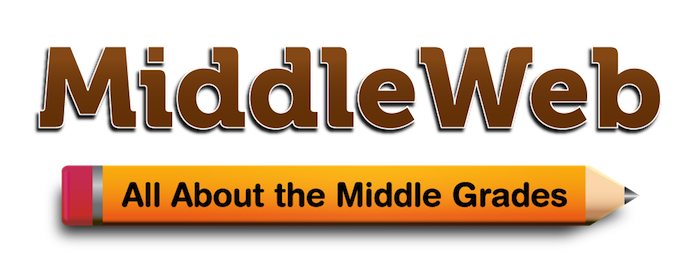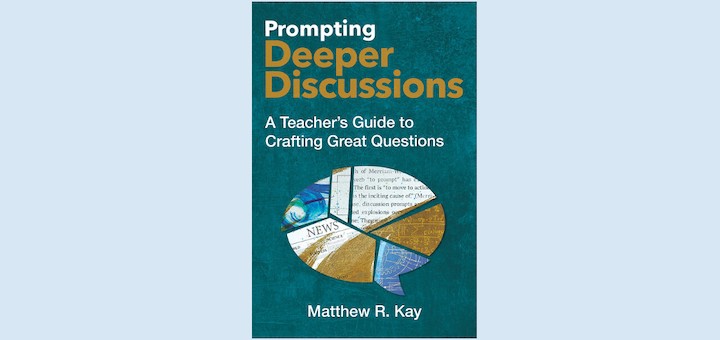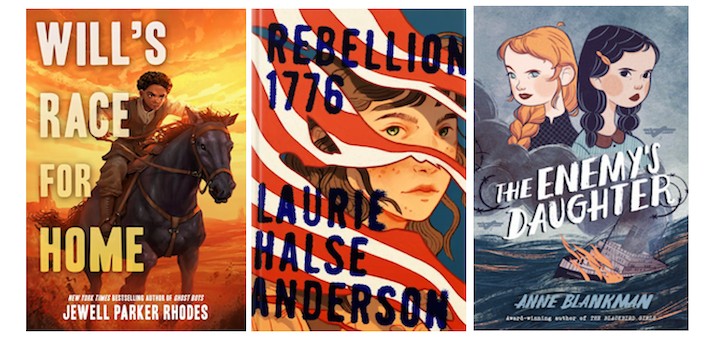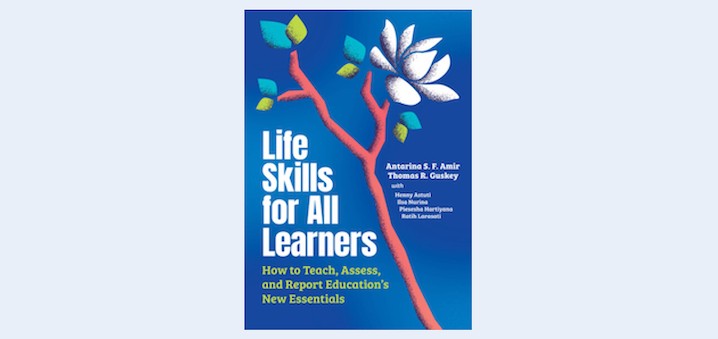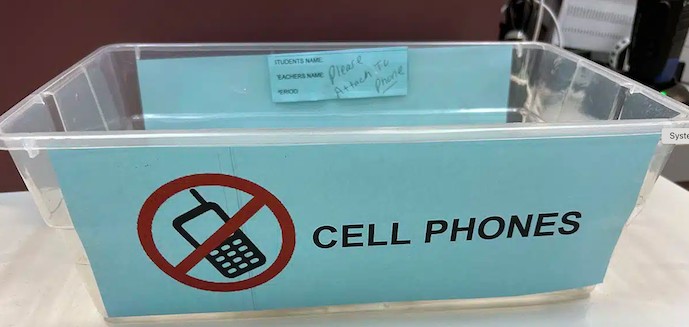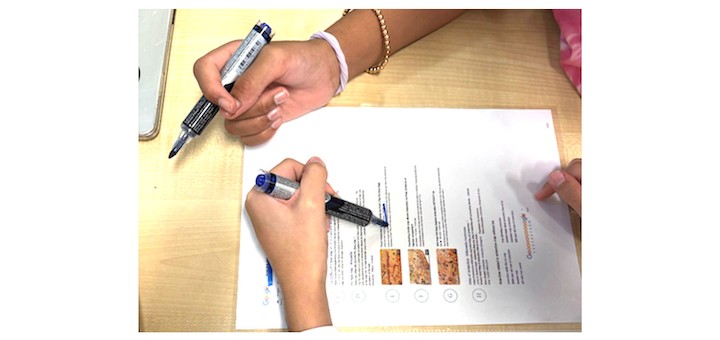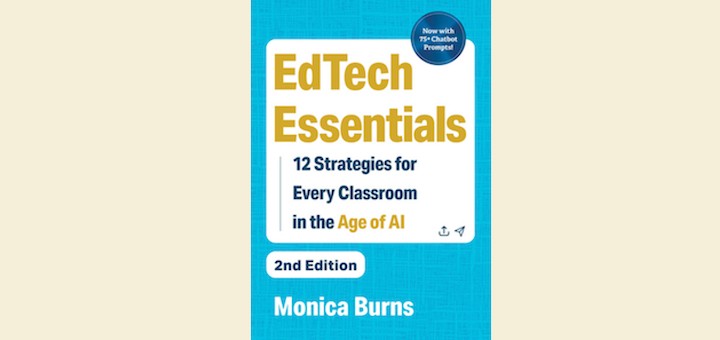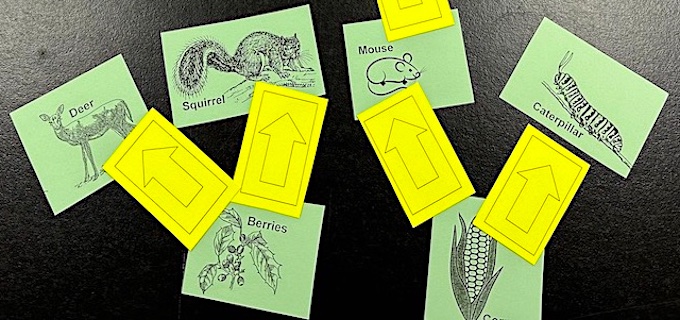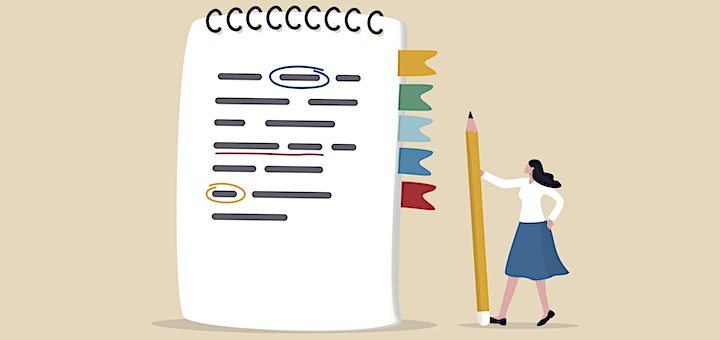Tagged: critical thinking
In Prompting Deeper Discussions Matt Kay provides actionable insights on how to structure discussions, promote critical thinking, and create a safe classroom environment that encourages thoughtful debate. Reviewer Melinda Stewart found tools to refine her classroom practice.
By revealing and humanizing stories from the past, historical fiction fosters curiosity, inspires empathy, stimulates critical thinking, and helps develop understanding of complex issues. Kasey Short shares questions, activities and titles to help students benefit from the genre.
“Life Skills for All Learners” by A.S.F. Amir and Thomas Guskey offers a comprehensive exploration into crucial life skills education and shows how to integrate the skills into lessons. Melinda Stewart says the book is both insightful and a practical guide to skill-building.
Setting goals across all subject areas is an important practice that helps students at every grade level excel academically and nurtures essential life skills. Incorporating mindfulness into this process strengthens student focus and resilience, writes Kathleen Palmieri.
It’s not enough to take the phones away, writes educator Tom Rademacher. Schools need to make sure there are energizing, collaborative, challenging things to do. “We need to change what it feels like to be in school and make it easy – or easier – for students to not-phone.”
Concerned by the News Literacy Project’s survey revealing teens’ difficulties in separating fact and fiction, Megan Kelly is finding as many classroom minutes as possible to build her students’ media literacy skills. She shares some quick activities her classes like best.
Whether you’re curious to bring artificial intelligence into your lesson planning – or the rapid evolution of AI has you feeling anxious – Monica Burns’ “EdTech Essentials: 12 Strategies for Every Classroom in the Age of AI” can help guide you in the effective use of new technologies.
Teachers Samantha Layne and Susanne Croasdaile introduce a new UDL-friendly tool to promote higher thinking, using a model-building strategy. TPRY helps students break down visual content, analyze it, and even build their own visual texts. See a food web modeling example.
When we have students watch us write in our teacher notebooks about what we’re reading, we not only share our expectations for their notebook-keeping, we give them a mental model for writing critically and analytically about what they read, says literacy leader Laura Robb.
Classrooms that teach a broad range of close reading skills are not only rich with texts but host a wide range of types of texts, from traditional to digital to hyperlinked to hybrid, writes ELA teacher Jason DeHart. Critical student thinking needs to occur in all these spaces.
